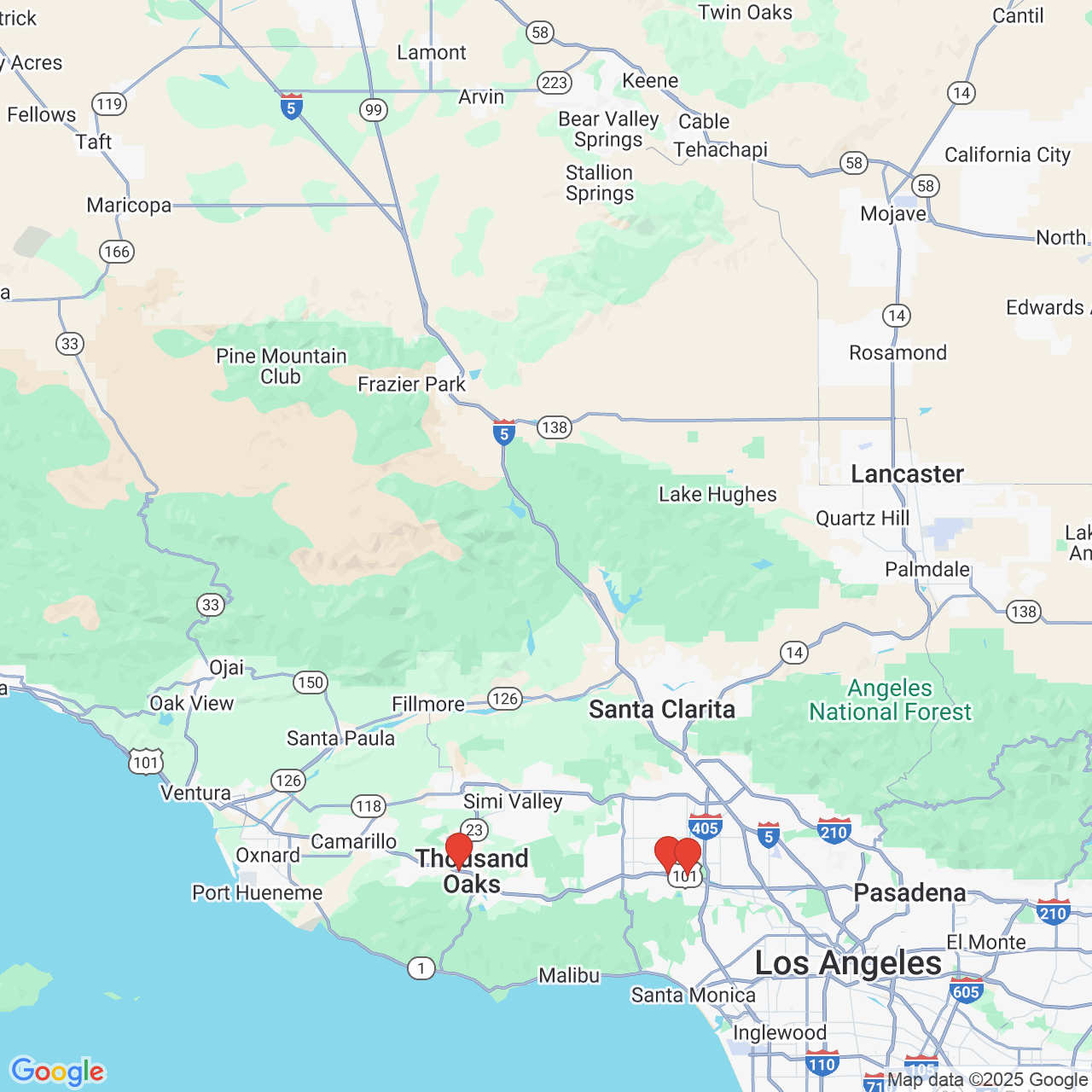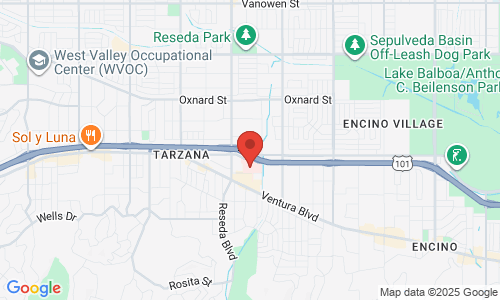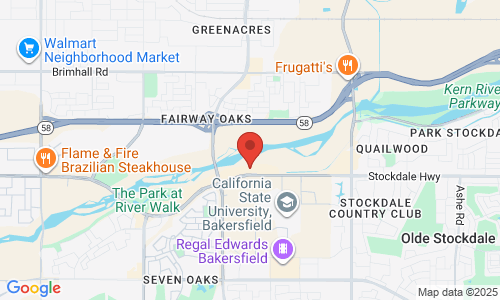Hysterosalpingogram – evaluation of the fallopian tubes and the uterine cavity
Hysterosalpingrom (HSG) is a test that is used to evaluate the uterine cavity as well as the patency of the fallopian tubes. For a normal formation and implantation of the embryo, a prerequisite is patency of the fallopian tubes as well as a normal uterine cavity.
While there are many underlying conditions that can cause “closure” or “blockage of the fallopian tubes, a prior or recent pelvic infection is the most common one. Most women are not aware of a prior or even current pelvic infection since many pelvic infections, especially when caused by Chlamydia, run “silently”. Additionally the presence of blocked fallopian tubes does not cause any symptoms other than infertility. In fact the presence of one or two blocked fallopian tubes goes, most of the time, completely unnoticed by the patient.
The two most common tests that are used to evaluate the patency of the fallopian tubes:
- Hysterosalpingogram (HSG)
- Abdominal Laparoscopy with Chromopertubation
While the second test requires a surgical procedure, the HSG is radiographic evaluation of the uterine cavity and fallopian tubes performed in the office.
The main indications to perform the HSG are women with Infertility and /or recurrent pregnancy loss as well as women with a suspect uterine pathology.
The HSG procedure is performed without anesthesia between day five to ten of the menstrual period and prior to ovulation. The preparation for the test is similar to a pap smear: after placing a vaginal speculum, the cervix is cleaned with an antiseptic solution and a small plastic cannula is introduced through the cervical canal. A small balloon connected to the tip of the cannula is then inflated and a radiographic medium is injected through the cervical canal into the uterine cavity and fallopian tubes. A serial of X-rays are then performed in order to evaluate the uterine cavity as well as the passage of the radiographic dye through the fallopian tubes. The tests take an average of about 15-20 minutes. The risks of complication with the HSG are minimal with the most common side effect being “period cramps” during and after the procedure.
The HSG test provides us with a significant amount of information on the condition of the fallopian tubes and uterine cavity: are the fallopian tubes open or closed, are they dilated (a condition known as “Hydrosalpinx”), the contour of the tubes, is the uterine cavity normal or abnormal, are there any fibroids (benign tumors of the uterine muscle), are there any adhesions or blockage of the cervical canals, are there any endometrial polyps. An additional advantage of the HSG is an increase in pregnancy rate after the procedure. There are many theories on why the HSG test increases the pregnancy rate: the injection of the dye during the HSG can open or “flush” the tubes, the HSG procedure has a positive effect on the uterus etc. While the mechanism by which the HSG increases the pregnancy rate is not clearly understood, all studies agree on its positive effect.
If the HSG is abnormal, what will be the next step?
Depending on the finding, the fertility specialist will decide on the next, best step. At times when the HSG shows complete blockage of both fallopian tubes, the most successful treatment is In- vitro -Fertilization. Other times when there is a uterine pathology or hydrosalpinx, a surgical approach could be more beneficial.
Overall the HSG is a very effective test in evaluating the fallopian tubes and uterus, but it should only be performed by specialized physicians. The result and interpretation of the test can be influenced significantly by the experience of the performing physician, which is the reason why it is so important to always work with a fertility center and fertility specialist who have the experience necessary to perform and interpret the HSG test.







